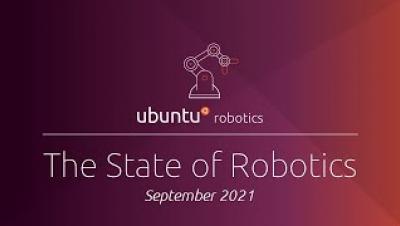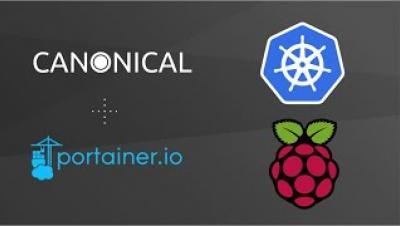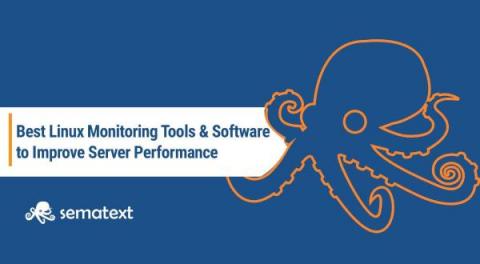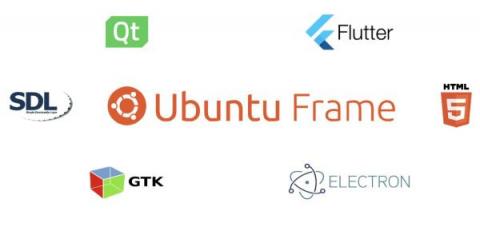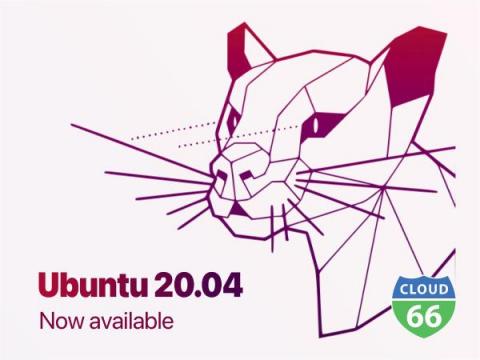Ubuntu Server 21.10: What's new?
Ubuntu Server 21.10 (Impish Indri) expands on edge use cases with a minimised system installation option in the Ubuntu Server Live Installer. It also comes with needrestart enabled by default for automated daemon restarts after applying library updates. In addition, the latest development cycle brings native, certified drivers for NVIDIA vGPU software on Ubuntu 20.04 LTS and 18.04 LTS, fully supporting sophisticated AI/ML workloads. Ubuntu Server 21.10 will be supported by Canonical until July 2022.




